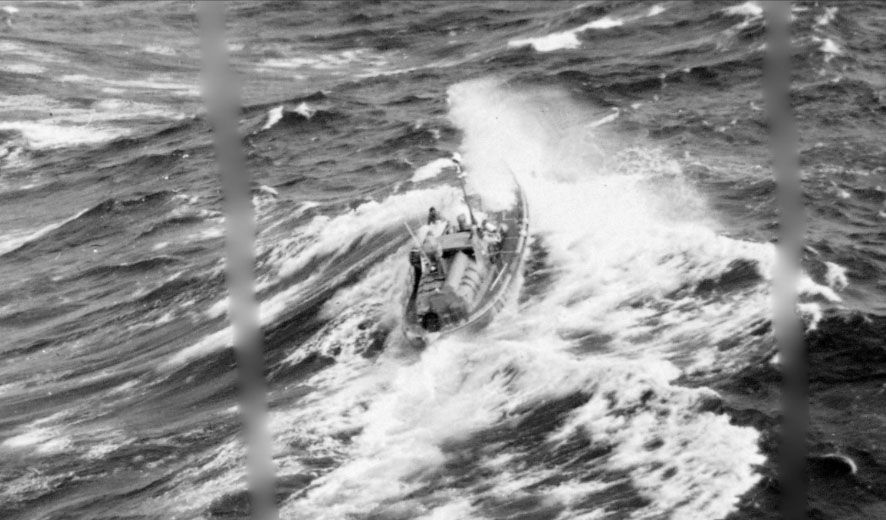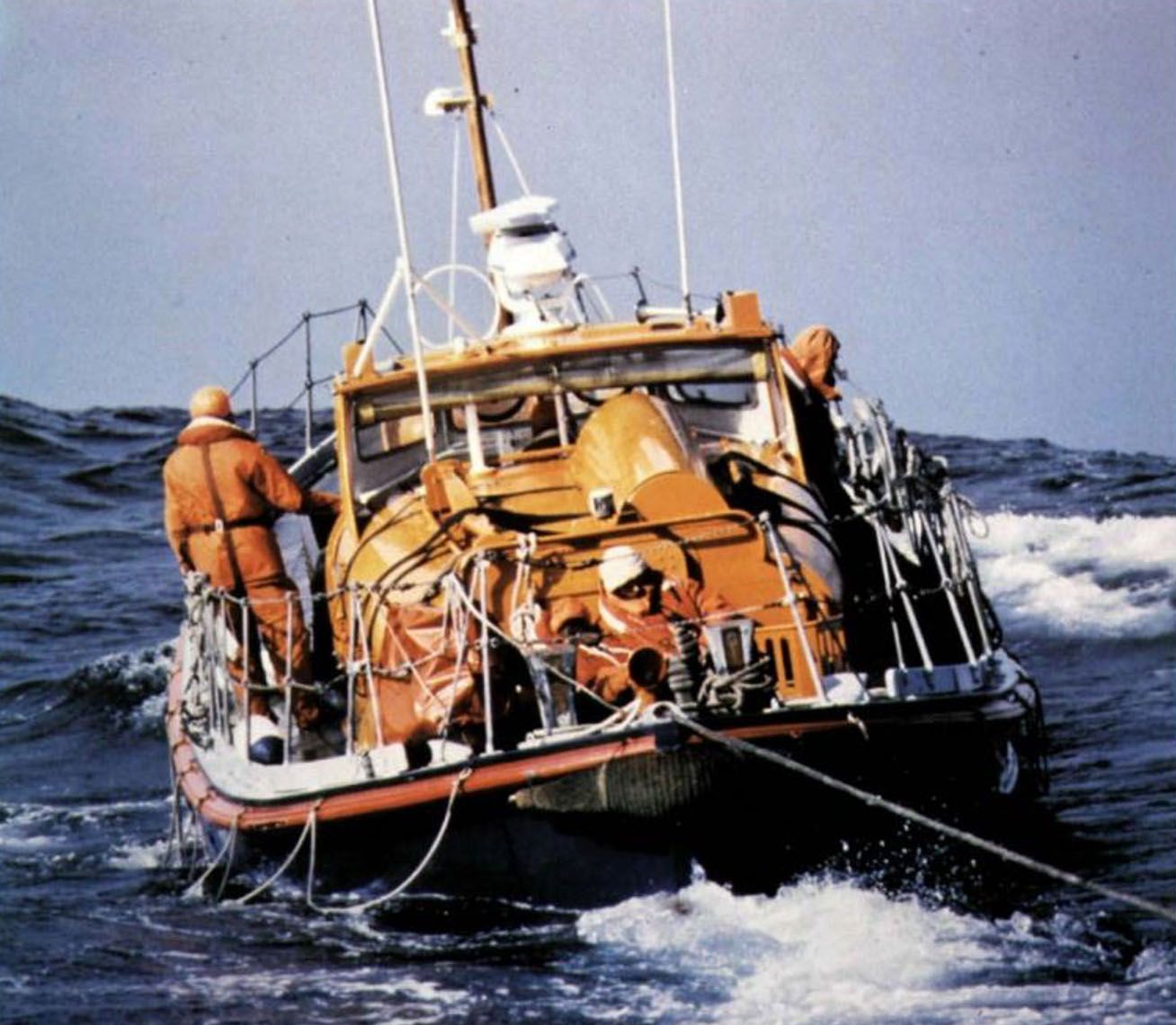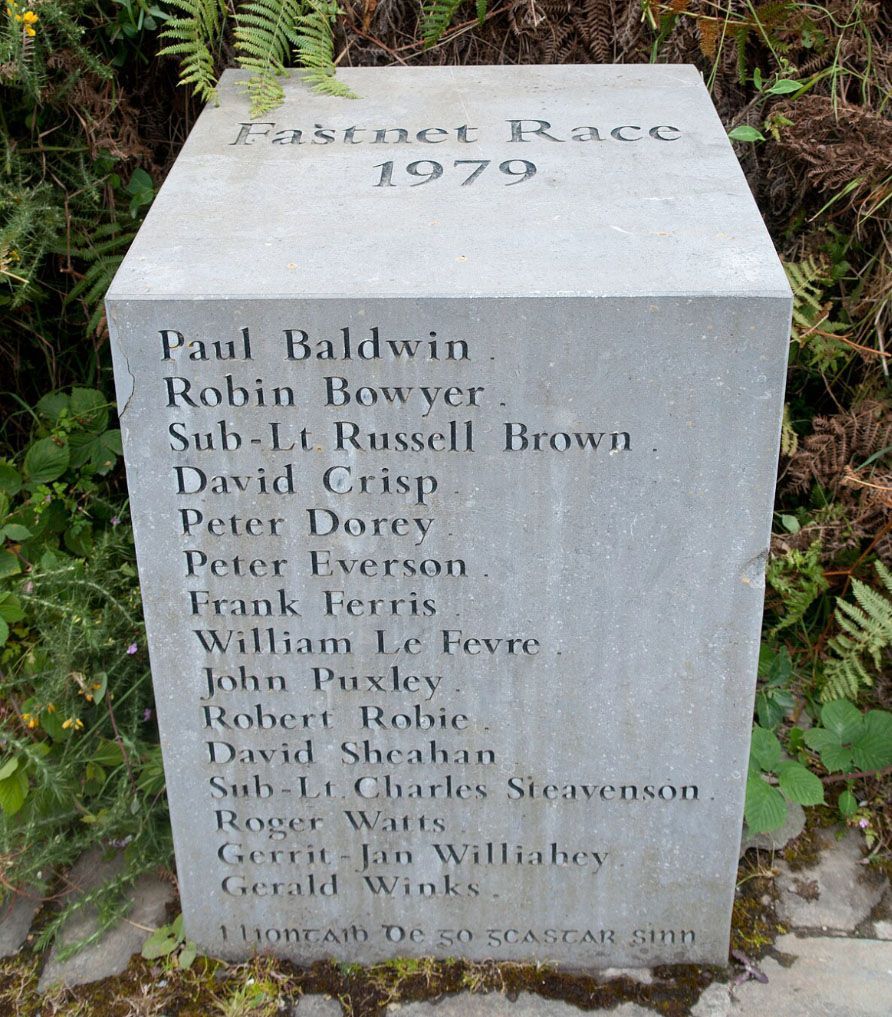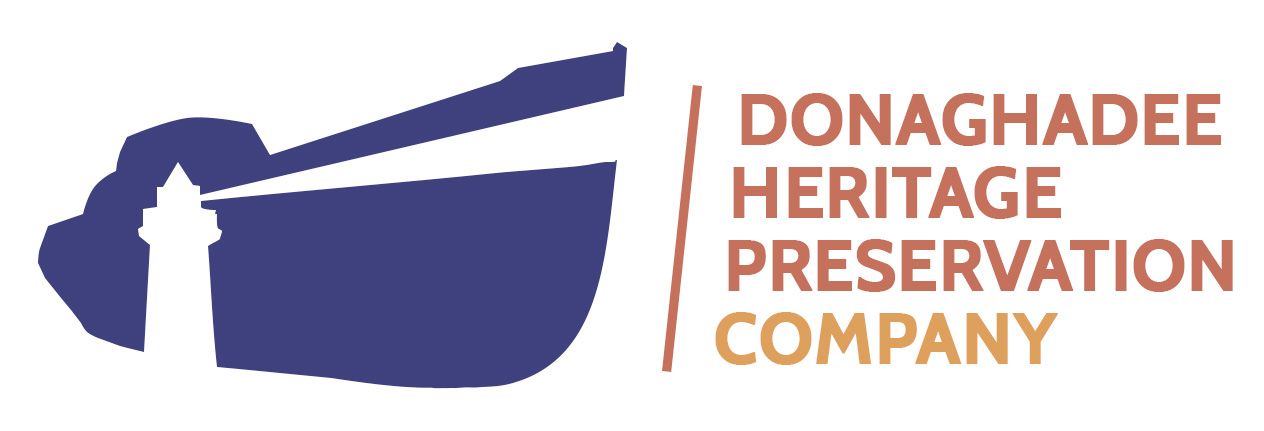Remembering the 1979 Fastnet Race Disaster:
The Heroism of the Sir Samuel Kelly Lifeboat and Her Crew
The 1979 Fastnet Race stands as one of the darkest and most defining moments in maritime history. What began as an exciting offshore challenge quickly turned into a tragedy, reshaping safety standards and yachting protocols worldwide. At the heart of this story lies not only the scale of the disaster but also the extraordinary bravery and skill of the rescuers—most notably, the crew aboard the Sir Samuel Kelly lifeboat.
The Disaster Unfolds
The Fastnet Race of 1979, part of the prestigious Admiral’s Cup,
began like many before it: a fleet of 303 yachts set out on a 605-nautical-mile
journey from Cowes, around Fastnet Rock, and to Plymouth.
However, disaster struck on the third day when a Force 10-11 European windstorm pummelled the fleet in the Celtic Sea with ferocious winds and waves towering up to 40ft.
By the race’s end, 24 boats had been abandoned, five had sunk, and 136 sailors were rescued in what became the largest peacetime maritime rescue ever undertaken in the UK.
Tragically, 15 competitors and 6 observers lost their lives. More than 4,000 people were mobilized for the rescue response—including the Royal Navy, RAF, Irish Naval Service, commercial vessels, helicopters, and, crucially, lifeboat crews like those of the RNLI.

Lifeboats and the RNLI to the Fore
Lifeboat volunteers, trained for the harshest conditions, formed the backbone of the rescue efforts. Facing gale-force winds and treacherous seas, they worked tirelessly and at great personal risk to save sailors clinging to hope amid the chaos.

The Sir Samuel Kelly: A Lifeboat of Legend
Among the lifeboats launched into the maelstrom was the Sir Samuel Kelly, a Watson Class lifeboat with a proud record of service. Built in 1949, the Kelly had previously achieved renown for her rescue work during the Princess Victoria ferry disaster in 1953 but was then stationed at Courtmacsherry, County Cork, as part of the RNLI reserve fleet.
During the 1979 Fastnet disaster, the Sir Samuel Kelly and her gallant crew braved the storm-ravaged sea for many hours, assisting yachts in distress off the West Cork coast. Navigating seas described as among the roughest ever encountered in an RNLI rescue, the Kelly’s robust design and the unwavering determination of her crew saved lives while reminding the world of the remarkable courage found within the lifeboat service.
Picture shows Sir Samuel Kelly, the 46ft 9inch Watson relief lifeboat on temporary duty at Courtmacsherry Habour towing the Casse Tete V during the Fastnet storm. In all that day, Tuesday 14th August, 1979, Courtmacsherry Lifeboat under the command of Coxswain Stephen 'Sammy' Mearns. was on service for more that 21 hours through the worst of the weather. This photgraph was taken by Ambrose Greenway.
A Lasting Legacy
The aftermath of the 1979 Fastnet Race brought sweeping changes: racing rules were updated, safety standards and yacht construction were overhauled, and a renewed appreciation emerged for the lifeboat volunteers who risk everything to save others. The experience of the Sir Samuel Kelly lifeboat and her crew remains an iconic chapter in this story, embodying the spirit and skill that make RNLI crews so revered.
Honouring Our Heroes
The 1979 Fastnet Race, though remembered for its tragedy, is equally a tale of heroism—of volunteers and professionals who gave their utmost when it mattered most. The Sir Samuel Kelly lifeboat and her crew exemplify this bravery and remain a source of immense local and maritime pride.
If you have a personal story relating to the Sir Samuel Kelly or her brave crew, Donaghadee Heritage Preservation Company welcomes you to share your memories as we continue to celebrate and safeguard this vital piece of our collective heritage.

